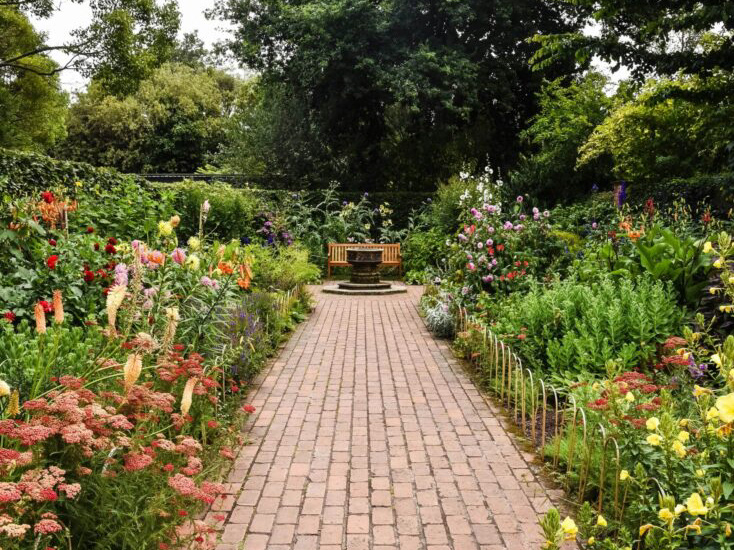Zen gardens, also known as Japanese rock gardens or dry landscapes, are timeless expressions of serenity and contemplation. Rooted in the principles of Zen Buddhism, these meticulously designed spaces are crafted to evoke a sense of harmony, balance, and tranquility. Characterized by their minimalistic aesthetic and careful placement of rocks, gravel, moss, and often sparse vegetation, zen gardens invite contemplation, providing a refuge from the chaos of the outside world.
1. Minimalist Design Philosophy:
At the core of zen gardens lies a profound commitment to minimalism. Every element is purposefully chosen and arranged to create a sense of simplicity and order. Gravel, meticulously raked to represent flowing water, symbolizes the dynamic forces of nature. Rocks, strategically placed, evoke islands or mountains in a sea of tranquility. The absence of excessive ornamentation allows for a focus on the essential elements, encouraging a meditative experience for those who engage with the space.
2. Symbolic Elements:
Each component in a zen garden carries symbolic significance, contributing to the overall narrative of the space. Rocks, for instance, may represent islands or mountains and are carefully arranged to suggest natural formations. The raked gravel often mimics the ripples of water, symbolizing fluidity and change. Moss, if present, adds a touch of softness and a sense of age to the landscape. Symbolism in zen gardens encourages contemplation and invites individuals to interpret the space in their own contemplative journey.
3. Raked Gravel Patterns:
One of the most distinctive features of zen gardens is the carefully raked gravel or sand, often designed in intricate patterns. The act of raking is not just an aesthetic choice but a meditative practice in itself. The rhythmic patterns represent the ever-changing flow of water or, in some interpretations, the ripple effects of enlightenment. Visitors are invited to engage in the meditative act of raking or to simply observe the patterns, fostering a connection with the present moment.
4. Contemplative Spaces:
Zen gardens are designed to be contemplative spaces that facilitate mindfulness and introspection. They often feature carefully placed stepping stones or pathways that guide visitors through the garden, encouraging a slow and deliberate pace. Seating areas may be strategically located to offer views of the garden, allowing individuals to pause, reflect, and appreciate the subtle beauty of the landscape.
5. Connection to Nature:
While zen gardens may not contain the lush greenery associated with traditional gardens, they maintain a deep connection to nature. The carefully chosen elements mimic natural landscapes, fostering a sense of being in harmony with the environment. The simplicity and openness of the space allow visitors to connect with the changing seasons and the play of light and shadow, further enhancing the immersive experience.
6. Spiritual and Cultural Significance:
Zen gardens are deeply rooted in the spiritual and cultural traditions of Japan. Originating in Zen Buddhist monasteries, these gardens were designed as spaces for meditation and reflection. Over time, the design principles of zen gardens have transcended their cultural origins and found resonance worldwide, inspiring a sense of calm and contemplation in diverse settings.
Summary
In essence, zen gardens are more than mere landscapes; they are invitations to experience stillness and find beauty in simplicity. Whether found in temple courtyards, private residences, or public spaces, these contemplative landscapes continue to inspire individuals to slow down, appreciate the present moment, and seek a sense of tranquility amid the complexities of modern life.
Follow along on Facebook!








